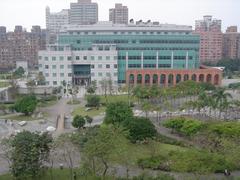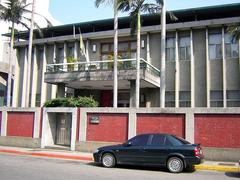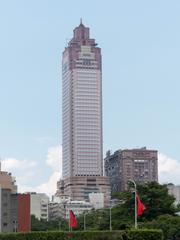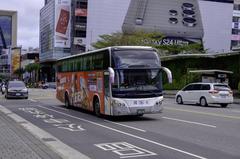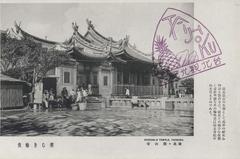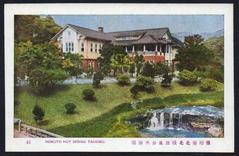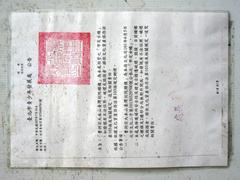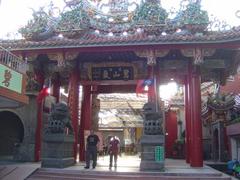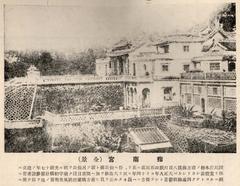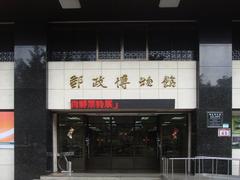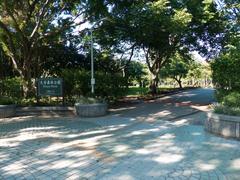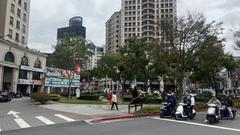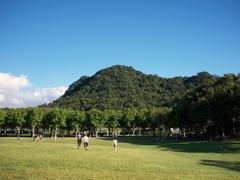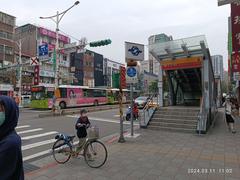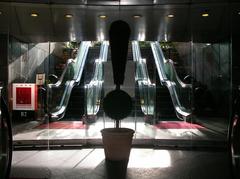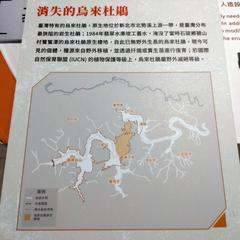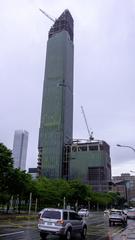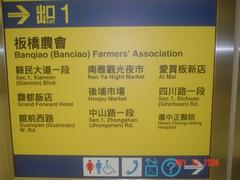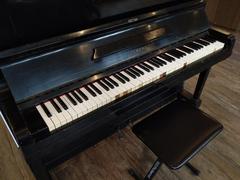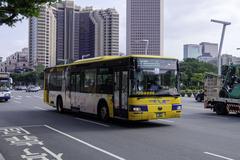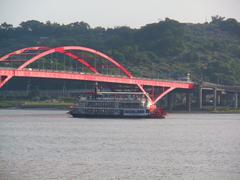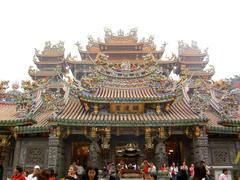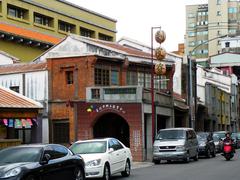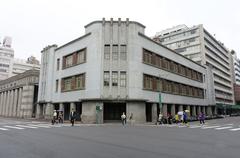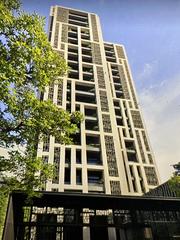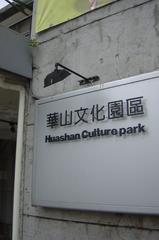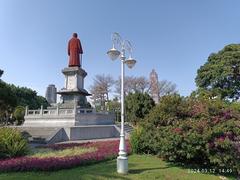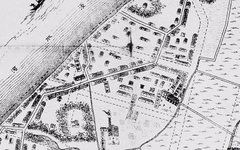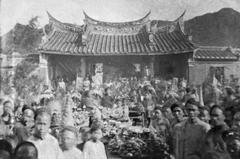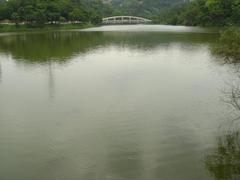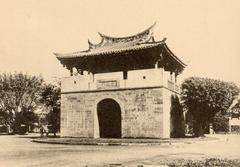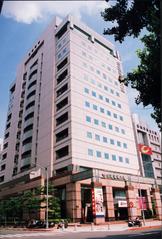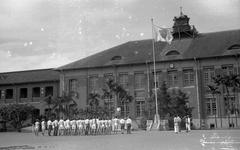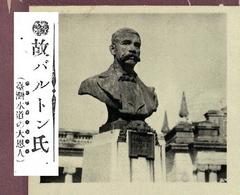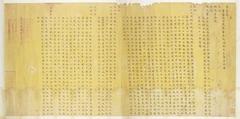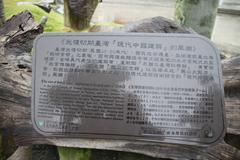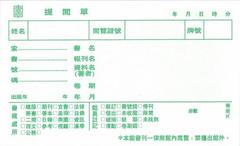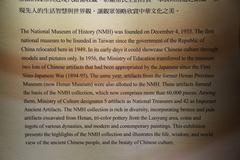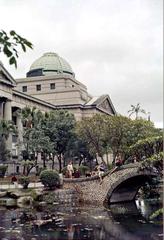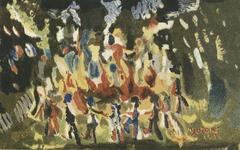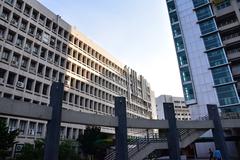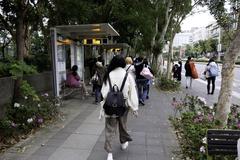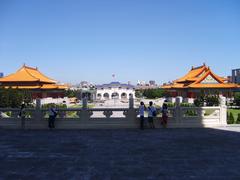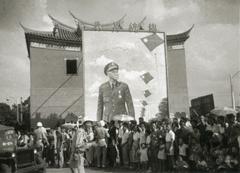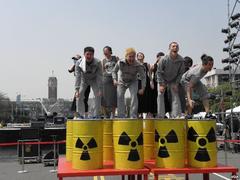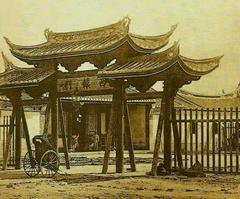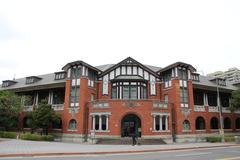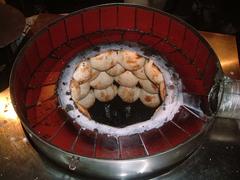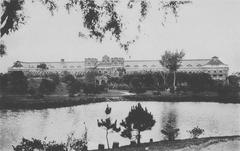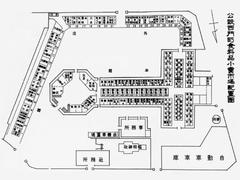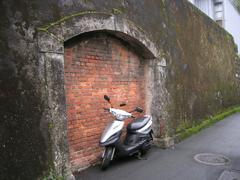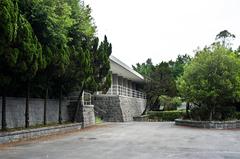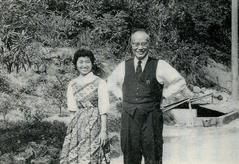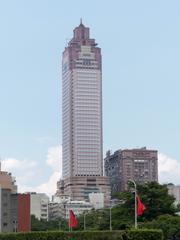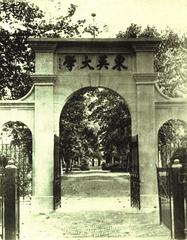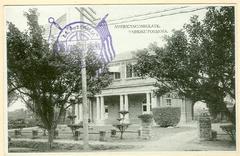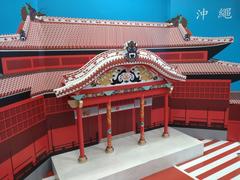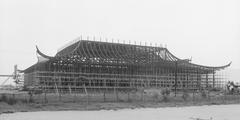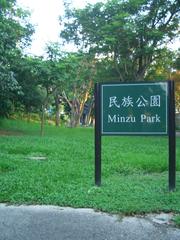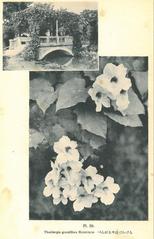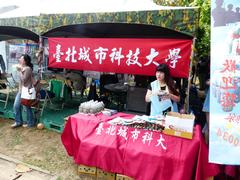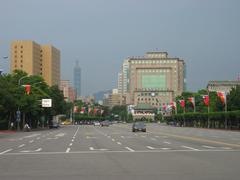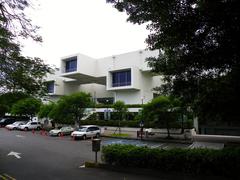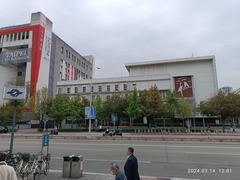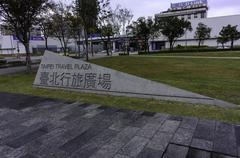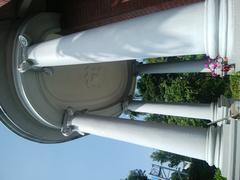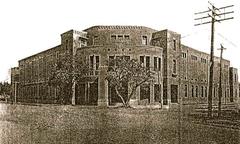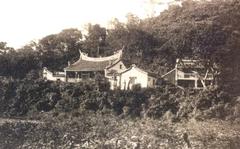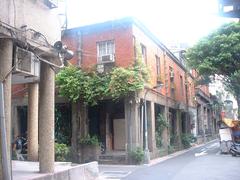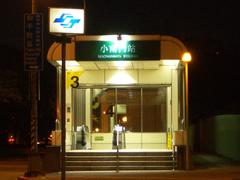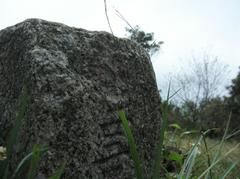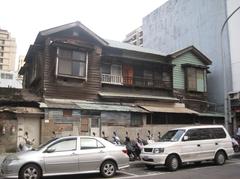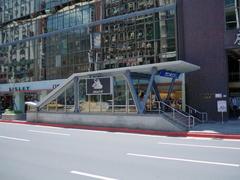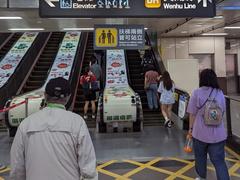Visiting the Former Pattsiran Public School Lecture Hall in Taipei, Taiwan: Comprehensive Guide and Tips
Date: 04/07/2025
Introduction
The Former Pattsiran Public School Lecture Hall, located in Taipei’s Shilin District, is a remarkable testament to Taiwan’s educational and architectural legacy. Built in 1895 during the Japanese colonial period, this historic landmark is valued for its unique blend of Japanese and Western design, its central role in the evolution of public education in Taiwan, and its ongoing contributions as a cultural and community hub. This comprehensive guide details the lecture hall’s history, architecture, visiting information, accessibility, and tips to help you plan an enriching visit.
For the latest visitor information and event schedules, consult official sources such as the Taipei City Government Department of Education, the Taipei Department of Cultural Affairs, and up-to-date travel platforms like Travel Taipei Official Guide and Taipei Travel Geek.
Table of Contents
- Introduction
- Historical Background
- Architectural Features and Preservation
- Cultural Significance
- Visiting Information
- Travel Tips and Nearby Attractions
- Frequently Asked Questions (FAQ)
- Conclusion and Recommendations
- Sources and Further Reading
Historical Background
Origins and Early Development
Established during the Japanese colonial era (1895–1945), the Former Pattsiran Public School Lecture Hall was originally a central feature of the Pattsiran Public School complex (now Bazhilan Elementary School). Its construction reflected the Japanese administration’s efforts to modernize education in Taiwan, focusing on literacy, Japanese language instruction, and community engagement. The lecture hall quickly became a focal point for academic, social, and cultural activities in the region (Taipei City Government Department of Education).
Evolution Through the 20th Century
Following World War II, as Taiwan was integrated into the Republic of China, the school and its lecture hall adapted to new educational reforms, including the promotion of Mandarin and broader curricular changes. The hall continued to serve as a venue for gatherings, public events, and civic initiatives, its role evolving to reflect the shifting priorities of Taiwanese society.
Preservation and Modern Use
Recognizing its architectural and historical importance, local authorities designated the lecture hall a municipal historic site in the early 21st century. Restoration projects have maintained its original integrity while upgrading safety and accessibility. Today, the hall operates as a vibrant venue for cultural programming, educational workshops, and heritage tours, serving as a bridge between Taipei’s past and present.
Architectural Features and Preservation
Exterior Design
- Elevated Foundations: Protects the structure from humidity and pests, while improving ventilation.
- Robust Timber Framing: Showcases traditional Taiwanese and Japanese architectural craftsmanship.
- Sliding Doors (Shoji): Allow natural light to fill the space and optimize airflow.
- Tiled Roofs: Durable, weather-resistant, and emblematic of the period’s style (aroundus.com).
Interior Elements
- Original Wooden Flooring: Over a century old, these floors provide historical authenticity and acoustic quality.
- Large Windows and High Ceilings: Designed for both practicality and aesthetic harmony.
- Flexible Layout: Sliding partitions allow for various uses, including lectures, performances, and community events.
Construction and Preservation
- Traditional Joinery: Mortise-and-tenon techniques enhance seismic resistance.
- Restoration: Focuses on retaining original materials and methods, ensuring historical continuity.
- Minimal Modern Alterations: Upgrades have prioritized accessibility and safety without compromising heritage value.
Cultural Significance
Educational Legacy
The lecture hall symbolizes the introduction and development of public education in northern Taiwan and serves as an enduring reminder of the city’s transformation through colonial, post-war, and contemporary periods. Its ongoing use for educational and cultural programming underscores its relevance in the community.
Heritage and Identity
By preserving its architectural features and historical function, the site fosters intergenerational connections and community pride. It is also a model of adaptive reuse, demonstrating how heritage sites can remain vital in a modern urban context (Taipei Department of Cultural Affairs).
Visiting Information
Hours and Tickets
- Opening Hours: Typically Tuesday to Sunday, 9:00 AM to 5:00 PM; closed Mondays and public holidays.
- Admission: Free for general visitors. Certain workshops or special tours may require prior registration or a nominal fee.
- Special Events: The hall is most active during heritage festivals and public events, such as Taipei Heritage Day in July (Taipei Heritage Day).
Access and Facilities
- Location: Centrally located in Shilin District, within walking distance of Jiantan Metro Station (Red Line) and major bus routes.
- Accessibility: Wheelchair-friendly with ramps and accessible restrooms. Some historic areas may be less accessible; contact ahead for specific needs.
- Amenities: Includes restrooms, seating, and, during events, information booths and refreshment stands.
Guided Tours and Workshops
- Tours: Led by historians or restoration experts; available in Mandarin, English, and occasionally other languages.
- Workshops: Offer hands-on experiences in traditional restoration techniques and crafts.
- Booking: Recommended in advance, especially during festivals or special programs.
Visitor Etiquette
- Maintain a quiet and respectful demeanor.
- Eating and drinking inside are discouraged.
- Photography is allowed; however, avoid flash and tripods unless otherwise permitted.
- Do not touch exhibits or restoration work unless part of a supervised workshop (Taiwan Etiquette).
Travel Tips and Nearby Attractions
- Best Times to Visit: The hall is especially vibrant during Taipei Heritage Day in July, but is quieter on weekdays or during off-peak seasons. July can be hot and humid, so dress accordingly and plan for sudden rain (Taiwan in July).
- Combine with Other Sites: Nearby attractions include Shilin Night Market, Shilin Official Residence, the National Palace Museum, and Dihua Street’s historic shophouses (Taipei Travel Guide).
- Photography: Capture both the intricate architectural details and the vibrant community life—just be mindful of restrictions during events or workshops.
Frequently Asked Questions (FAQ)
Q: What are the lecture hall’s visiting hours?
A: Typically Tuesday–Sunday, 9:00 AM–5:00 PM. Hours may vary by event; check official listings.
Q: Is there an entry fee?
A: General admission is free. Workshops or special tours may require registration or a small fee.
Q: Are guided tours available?
A: Yes, often in multiple languages. Book ahead for specialized tours.
Q: How do I get there via public transport?
A: About a 10-minute walk from Jiantan Metro Station (Red Line). Multiple bus routes also serve the area.
Q: Is the site accessible for visitors with disabilities?
A: Yes, with ramps and accessible restrooms, though some historic areas may pose challenges.
Q: Can I take photos inside?
A: Yes, but avoid flash and tripods unless specifically permitted.
Conclusion and Recommendations
The Former Pattsiran Public School Lecture Hall is more than a preserved building; it is a vibrant symbol of Taipei’s educational evolution and cultural resilience. Visitors can enjoy a rich experience through its authentic architecture, insightful tours, and community programming. Its central location makes it an ideal starting point for exploring Taipei’s network of heritage sites.
For up-to-date details on visiting, special events, and heritage programs, check official cultural websites and consider downloading the Audiala app for personalized travel guides and notifications.
Sources and Further Reading
- Taipei City Government Department of Education
- Aroundus – Former Pattsiran Public School Lecture Hall
- Audiala – Zhongshan Hall Guide
- Taipei Department of Cultural Affairs
